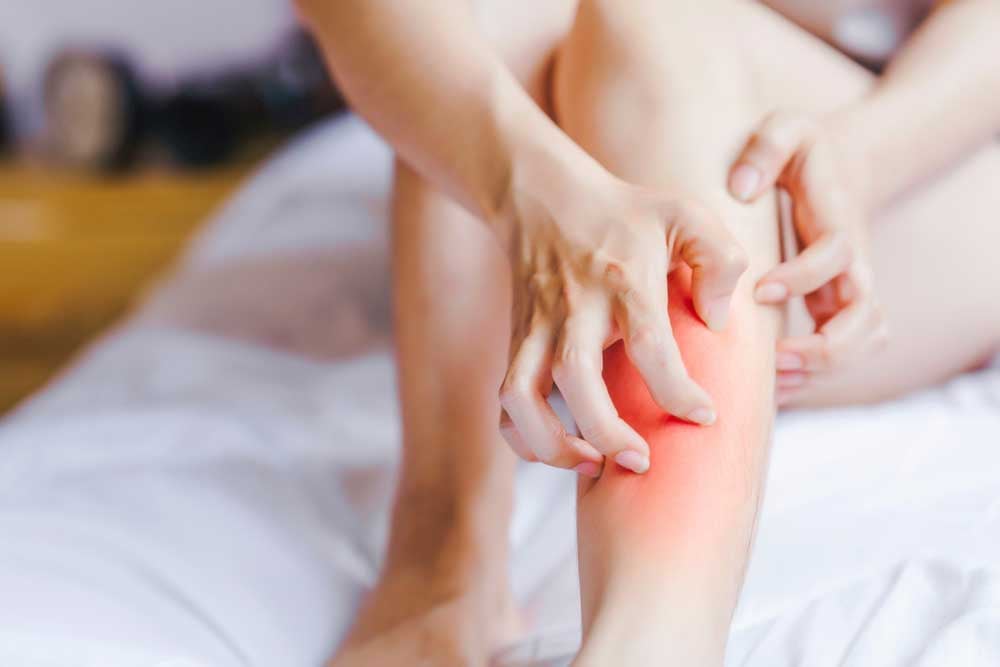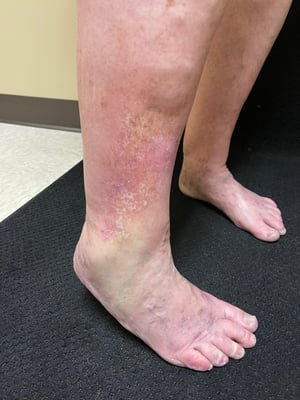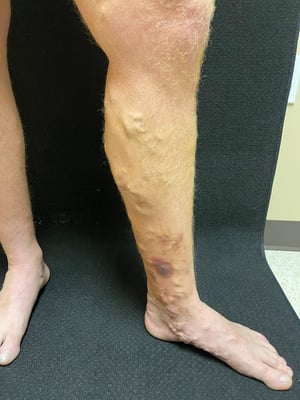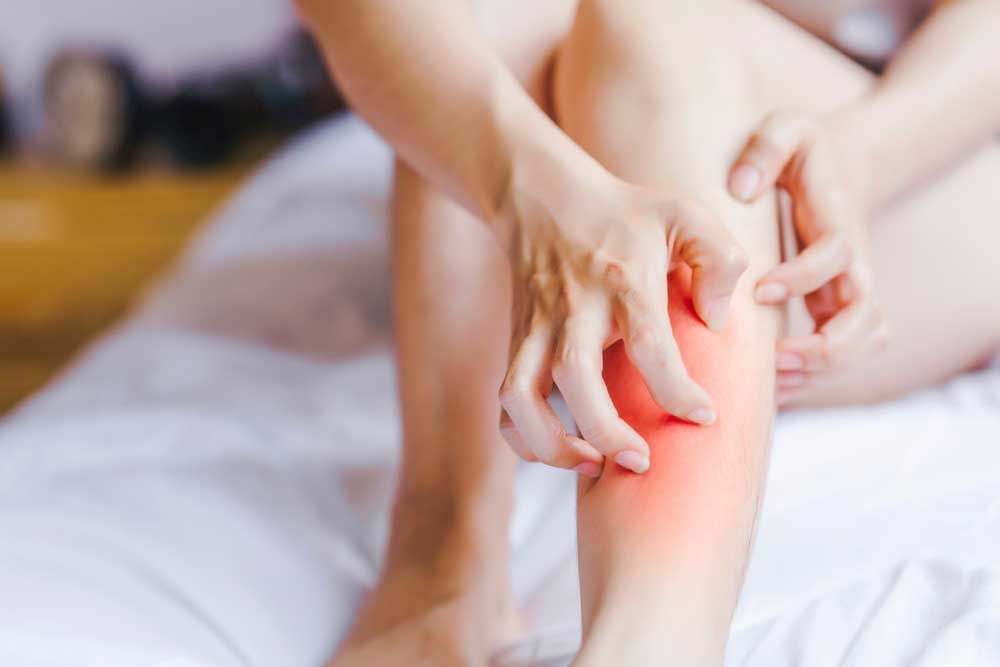What is Venous Eczema?

If you find yourself in the relentless battle against that persistent itching between your knee and ankle, you've landed in the right place. I’ll unravel the mystery behind venous stasis dermatitis, or as it is commonly called, venous eczema. Ever wondered what it truly means when your legs are itching? The answer lies in your veins and the subtle signs your body might be giving you.
Understanding Venous Eczema
First things first, that relentless itching in your lower legs isn't just a random inconvenience – it's a common side effect of stagnant circulation in your veins, which is often the underlying issue in vein disease. When the valves in your veins fail, blood backs up into your legs under pressure, disrupting the normal flow. This stagnant blood pools and triggers inflammation in the tissues. The result is venous eczema.
The Symptoms of Venous Eczema
Venous eczema, or venous dermatitis, is an inflammatory condition with several classic signs of inflammation. These include redness, itching, swelling, and tenderness. Venous eczema and venous stasis dermatitis can also lead to the development of thickened skin and scar tissue. Typically, this manifests as a discolored patch on the inner lower calf around the ankle. The skin in this area becomes tough and thick, representing scar tissue that forms when inflammation persists for extended periods.
The Unique Characteristics of Venous Eczema
Ever heard of nummular eczema (also known as annular eczema)? It's a medical term describing circular patches of eczema, often found below the knee. Nummular means circular. These rounded patches are frequently associated with an underlying vein condition, and the good news is that they often respond well to treatment. Surprisingly, not many physicians are aware of this relationship or the potential of vein treatments to help.
When I come across a patient with annular eczema, I usually take a closer look with a vein ultrasound. What I often find beneath the eczema patch is a plexus – a collection of abnormal veins and their presence predicts significant symptom relief and improvement of the eczema patch with treatment. Sometimes I see people with eczema and there are no abnormal veins with an ultrasound underneath the eczema patch, and I can tell them with confidence that their eczema is not related to a vein condition. It is more likely an autoimmune condition.
Below are photos of venous eczema from actual Missouri Vein Care patients.
In this photo, you can see the redness and irritation that the venous dermatitis causes:

In this photo, you can see the nummular eczema in the small rounded red patch at the bottom inside of the ankle.

Identifying and Treating Venous Eczema
The good news is, the area of eczema often responds well to treatment. By closing down the abnormal veins that are causing the inflammation, the eczema can clear up significantly. Patients are often surprised and ecstatic to see the results of their treatment. If you're grappling with the itch and noticing those circular patches, it might be helpful to explore the possibility of an underlying vein condition.


